Introduction to Acne and Skincare
Acne is a common skin condition that affects many people. It is marked by the appearance of pimples, blackheads, and cysts. This can cause distress and affect self-esteem. Acne facial cleanser: Skincare is vital in managing acne. It includes routines that help to clear pores and reduce inflammation.
Understanding the role of skincare in handling acne is the first critical step. A proper skincare routine can help prevent new breakouts. It also addresses existing skin concerns. Cleansing is a cornerstone of any good skincare regimen. But not just any cleanser will do for acne-prone skin.
An effective acne facial cleanser can make a big difference. It helps remove excess oil, dirt, and dead skin cells. This prevents them from clogging pores and forming new acne. Choosing the right cleanser is important. It should match your skin type and address your specific skin issues.
In summary, acne can be challenging and frustrating. But with the right skincare approach, including a suitable acne facial cleanser, managing it can become easier.
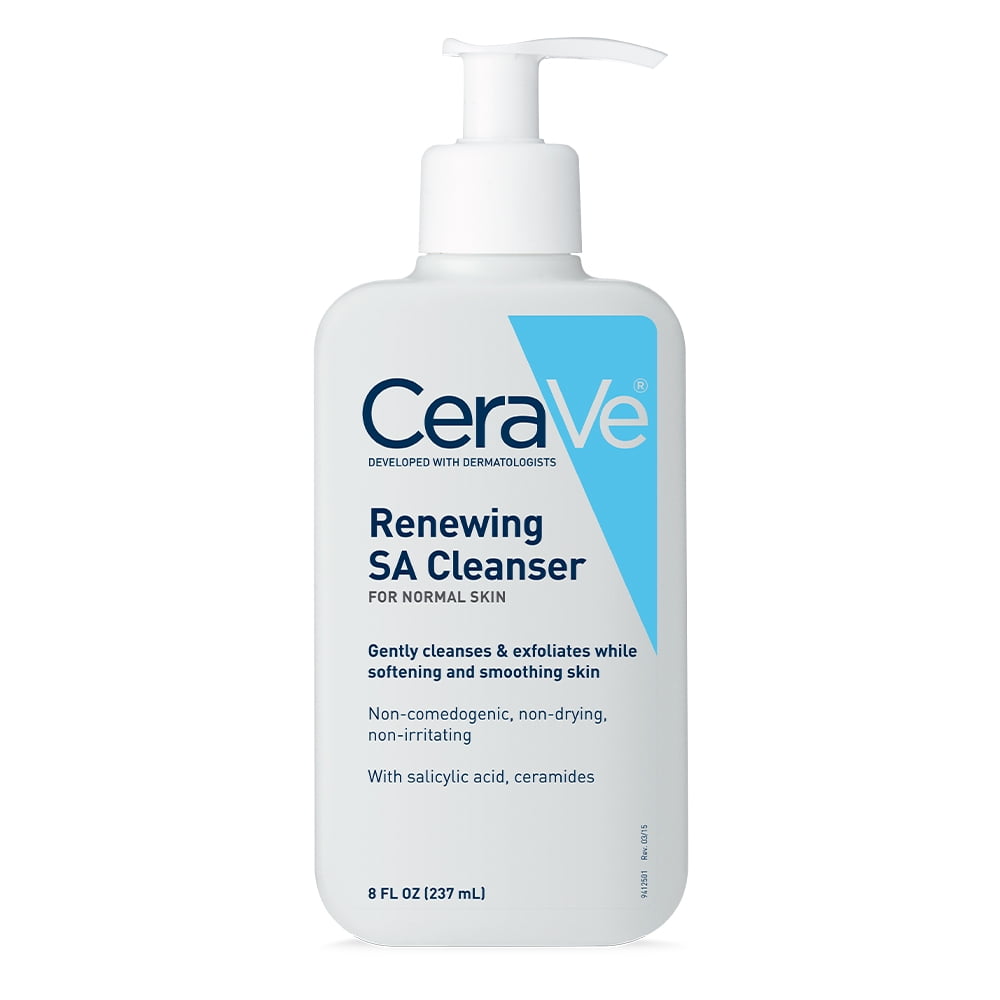
Key Ingredients in Acne Facial Cleansers
When selecting an acne facial cleanser, knowing which ingredients are effective is crucial. Here are key ingredients commonly found in acne facial cleansers:
- Salicylic Acid: This beta hydroxy acid (BHA) is known for its ability to penetrate pores. It exfoliates the skin, removing dead skin cells and reducing pimples.
- Benzoyl Peroxide: It works by killing acne-causing bacteria. It also helps peel away layers of dead skin, preventing clogged pores.
- Glycolic Acid: An alpha hydroxy acid (AHA) that exfoliates the surface level of the skin. It promotes new skin cell growth and diminishes the appearance of acne scars.
- Tea Tree Oil: Known for its natural antibacterial properties, tea tree oil can help reduce acne inflammation and fight bacteria.
- Sulfur: It dries out the surface of the skin to help absorb excess oil (sebum) that can lead to acne.
Each ingredient targets acne in different ways. It’s important to figure out which one your skin responds to the best. Sometimes, a combination of these ingredients in a cleanser can provide comprehensive care for acne-prone skin. Keep this list handy while shopping for acne facial cleansers to make an informed decision. Remember, a balanced formula that doesn’t strip your skin of its natural oils is key to an effective acne skin care product.
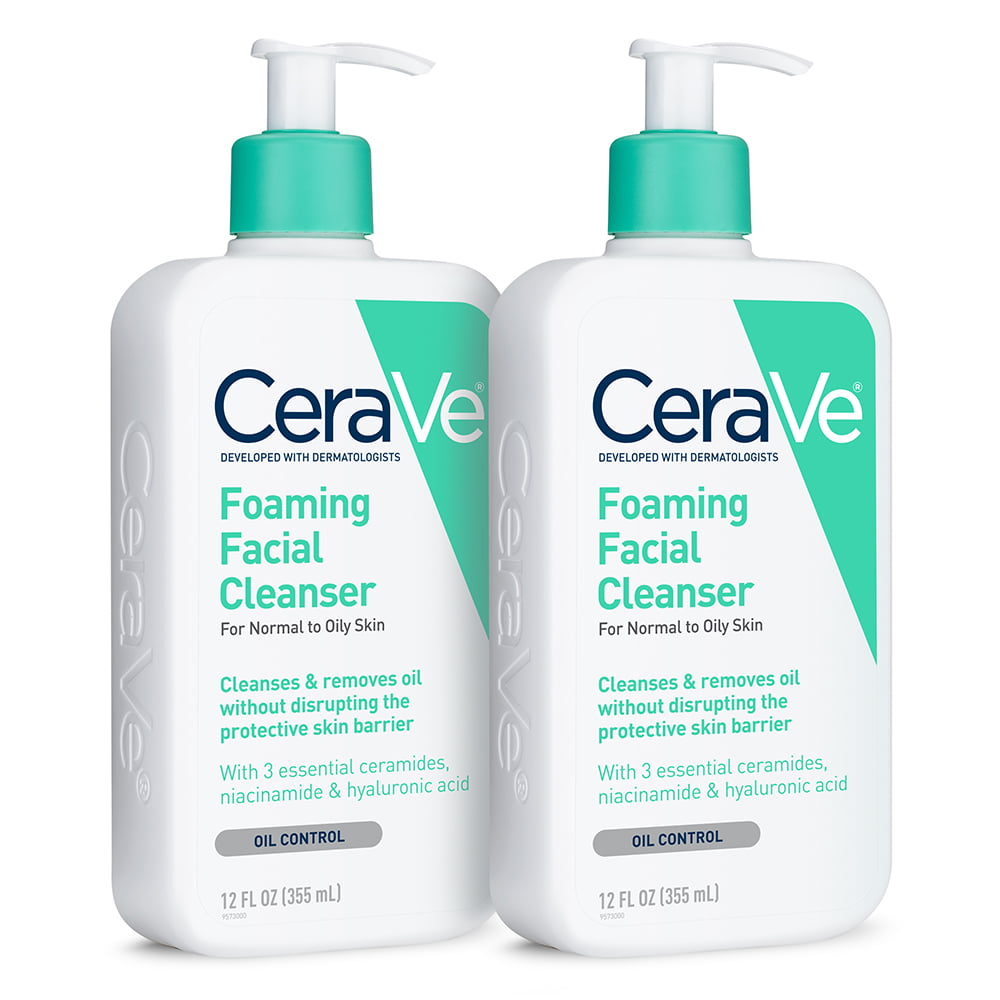
Understanding Different Skin Types and Acne
Acne affects different skin types in unique ways. To choose the right acne facial cleanser, know your skin type first. There are generally five skin types:
- Normal Skin: Balanced and not overly dry or oily. It’s less prone to acne.
- Dry Skin: Flaky, itchy or rough. Acne products can cause dryness, so hydration is key.
- Oily Skin: Shiny, with visible pores. Oily skin is more prone to acne and may need stronger ingredients like salicylic acid.
- Combination Skin: Dry in some areas and oily in others. Tailored treatments work best for this type.
- Sensitive Skin: Reacts easily to products and environmental factors. Mild, soothing ingredients are essential to avoid irritation.
Understanding your skin type helps in selecting an acne facial cleanser that targets your specific needs without causing additional issues. Ingredients must be effective against acne but also suitable for your skin’s sensitivity. Oily skin may benefit from cleansers that control excess sebum. Dry or sensitive skin requires gentle formulas that won’t strip moisture or aggravate the skin.
Remember, a cleanser that is too harsh can worsen acne. It’s not just about fighting acne but nurturing the skin as well. Look for a balance between acne-fighting ingredients and those that care for your skin’s overall health.
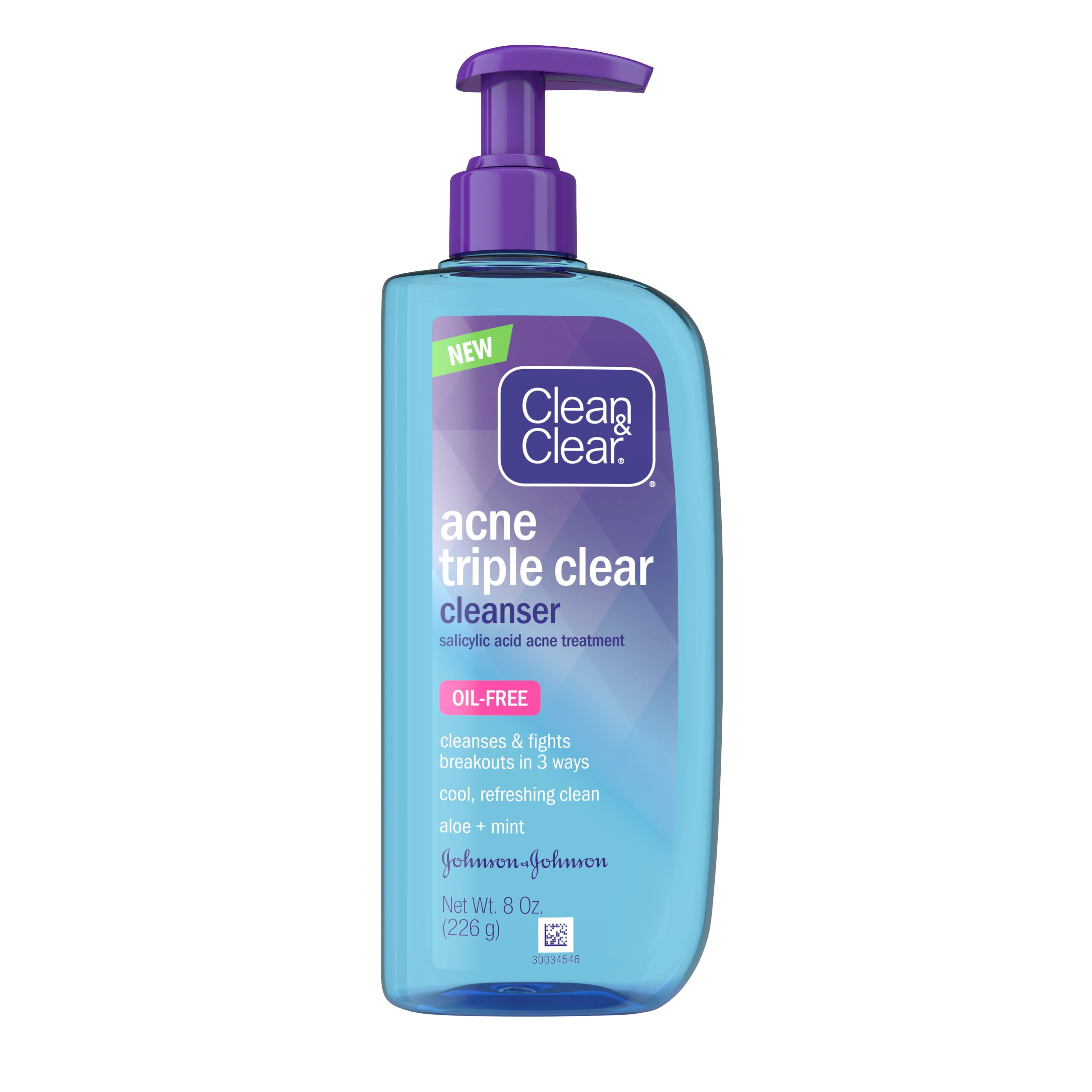
The Role of Salicylic Acid and Benzoyl Peroxide
When battling acne, salicylic acid and benzoyl peroxide are two of the most trusted ingredients in cleansers. Their roles in treating acne are distinct but complementary.
Salicylic Acid: A Deep Pore Cleanser
Salicylic acid is a powerful exfoliant. It gets deep into pores to clear them out. It breaks down the bonds holding dead skin cells together. This helps prevent pimples and blackheads. For oily and combination skin types, salicylic acid is ideal. It removes excess oil without causing dryness. It makes skin smoother and keeps pores clear.
Benzoyl Peroxide: Bacteria’s Enemy
Benzoyl peroxide fights acne differently. It targets acne-causing bacteria. This helps stop breakouts before they start. It’s also great at peeling away dead skin on the surface. If you have persistent or severe acne, benzoyl peroxide might be the right choice. It can be drying, so moisturizing the skin after use is important.
In conclusion, both salicylic acid and benzoyl peroxide are key acne fighters. They belong in an acne facial cleanser. They each tackle different acne issues. Salicylic acid cleans deep within pores. Benzoyl peroxide kills bacteria and sheds dead skin. Finding a cleanser that uses one or both can greatly improve your skin’s clarity. However, balancing with hydrating ingredients is also essential to maintain healthy skin.
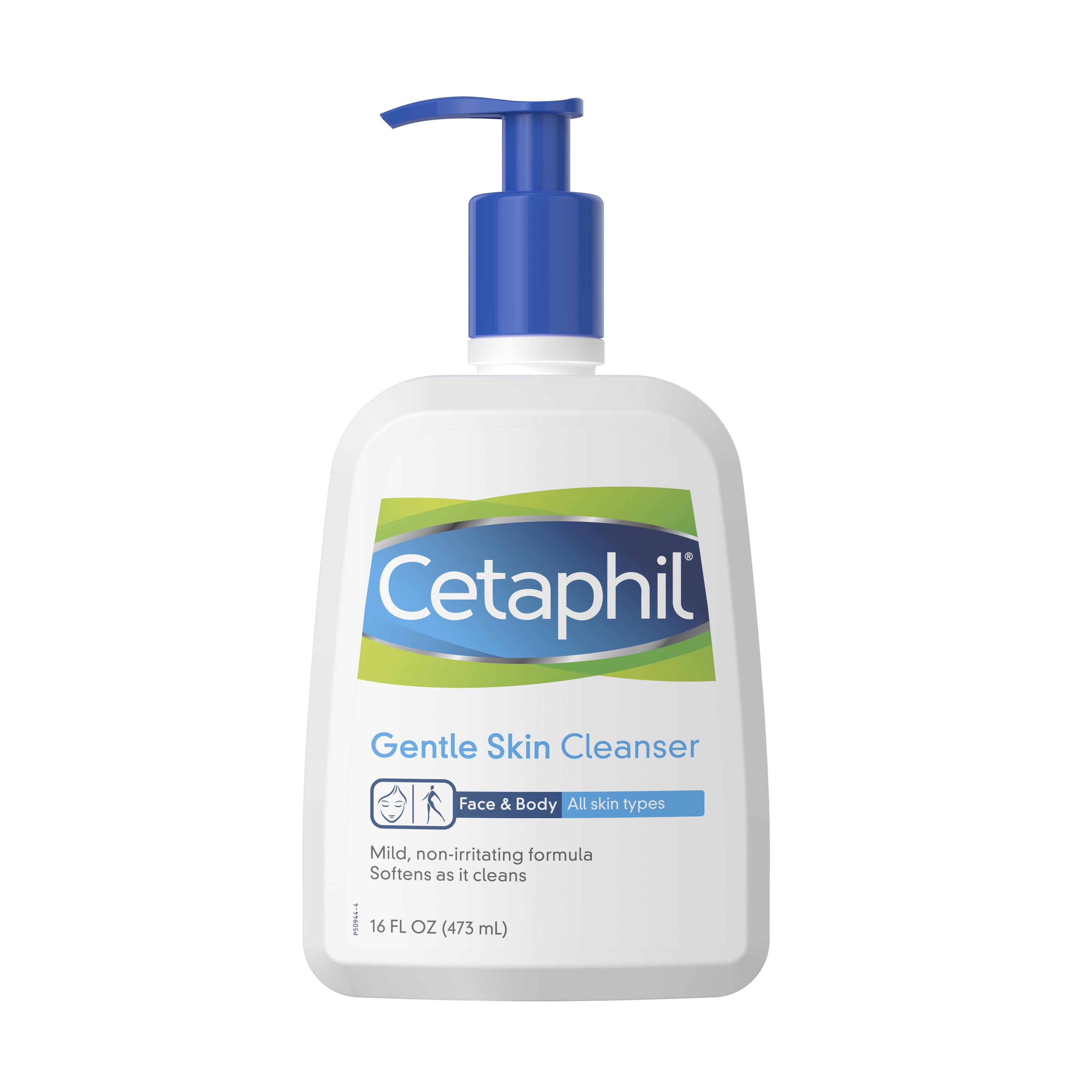
Comparing Top Acne Facial Cleansers on the Market
Navigating the vast array of acne facial cleansers can be daunting. To make things simpler, let’s compare some top options available on the market today. Important factors to consider are the ingredient list, price range, and user reviews.
Ingredient Composition
Look for products with proven acne-fighting ingredients. These often include salicylic acid, benzoyl peroxide, or tea tree oil. Some products combine these for a more effective solution. Remember to consider your skin type when choosing the mix of ingredients.
Price and Value
Acne facial cleansers vary in price. You’ll find affordable drugstore options and high-end alternatives. Sometimes, expensive does not mean better. Choose a cleanser that offers the best value for money and effective results.
User Feedback and Reviews
Reading reviews can provide real-world insights. Users often share how cleansers worked for them. Pay attention to feedback from people with a similar skin type to yours. Positive reviews can be a good indicator of a product’s performance.
Top Picks for Different Skin Types
For oily skin, cleansers with salicylic acid might work best. They control oil without over-drying. If you have dry skin, look for hydrating ingredients that still combat acne. Sensitive skin types should opt for gentle, non-irritating formulas.
By considering these factors, you can find a high-quality acne facial cleanser that fits your needs. Remember, what works for one person may not suit another. It’s about finding the best match for you.
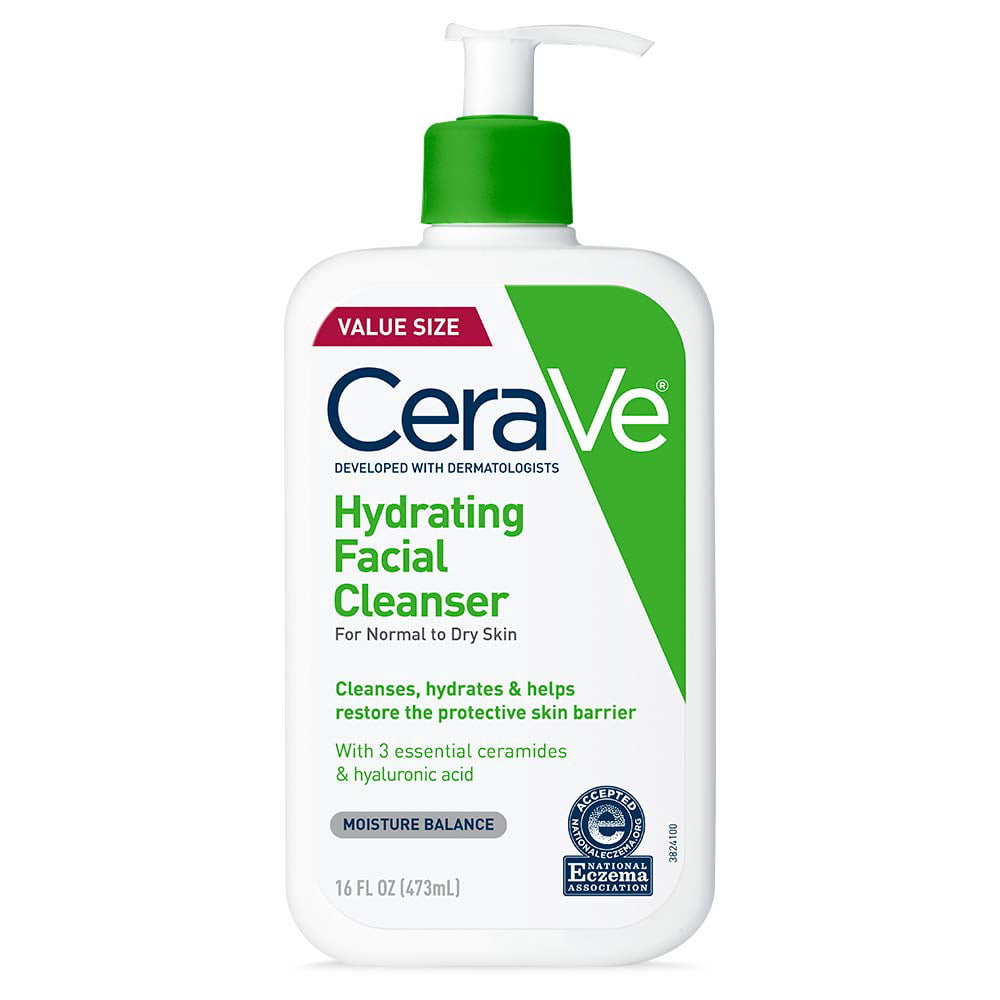
How to Integrate Acne Facial Cleansers into Your Skincare Routine
Incorporating an acne facial cleanser into your daily skincare routine is crucial for managing breakouts. However, using it correctly is key to getting the best results. Here’s a step-by-step guide to effectively integrate your acne facial cleanser:
- Morning Cleanse: Start your day with a gentle cleanse. Use warm water to wet your face. Apply a small amount of acne facial cleanser. Use your fingers to create a lather and massage it onto your skin in circular motions. Rinse thoroughly.
- Evening Cleanse: Remove the day’s buildup of dirt, oil, and makeup. An evening cleanse helps prevent clogged pores and pimples. Follow the same steps as the morning cleanse.
- Consistency: Use your acne cleanser twice daily. Regular use supports cleaner, clearer skin. Skipping cleanser can lead to more breakouts.
- Gentle Touch: Don’t scrub your skin harshly. This can irritate your skin and worsen acne. A soft, gentle approach is more effective.
- Follow-up: After cleansing, always apply a non-comedogenic moisturizer. This helps balance your skin’s hydration. If you use acne treatments, apply them after cleansing and before moisturizing.
- Adjust As Needed: Monitor your skin’s response. If dryness or irritation occurs, reduce use to once a day or every other day. Customize the routine to what works best for you.
Remember, integrating an acne facial cleanser into your regimen is not just about cleaning your face. It’s about creating a balanced routine that promotes skin health and prevents acne without over-drying or irritating your skin. Stick with the routine and be patient; skincare results take time.
Importance of Patch Testing New Products
Before adding a new acne facial cleanser to your routine, patch testing is crucial. It’s a simple step that can prevent skin irritation or allergic reactions. Here’s why you should patch test new skincare products:
- Prevent Allergic Reactions: A patch test can show if you’re allergic to any of the cleanser’s components.
- Minimize Skin Irritation: It helps you identify if the product is too harsh for your skin, preventing unwanted irritation.
- Test Product Effectiveness: You can observe how the product works on a smaller skin area before applying it to your entire face.
To patch test an acne facial cleanser, follow these steps:
- Choose a small area of skin that’s easy to conceal, like behind your ear or on the inside of your wrist.
- Apply a small amount of cleanser to the area.
- Wait for 24 to 48 hours. If you experience redness, itching, or burning, do not use the product on your face.
- If there’s no reaction, it’s likely safe to use as part of your skincare regimen.
Always remember, even with patch testing, start using a new cleanser gradually. Overtime, you can build up to regular use as described in the routine. This cautious approach helps your skin adjust and can lead to better long-term results.
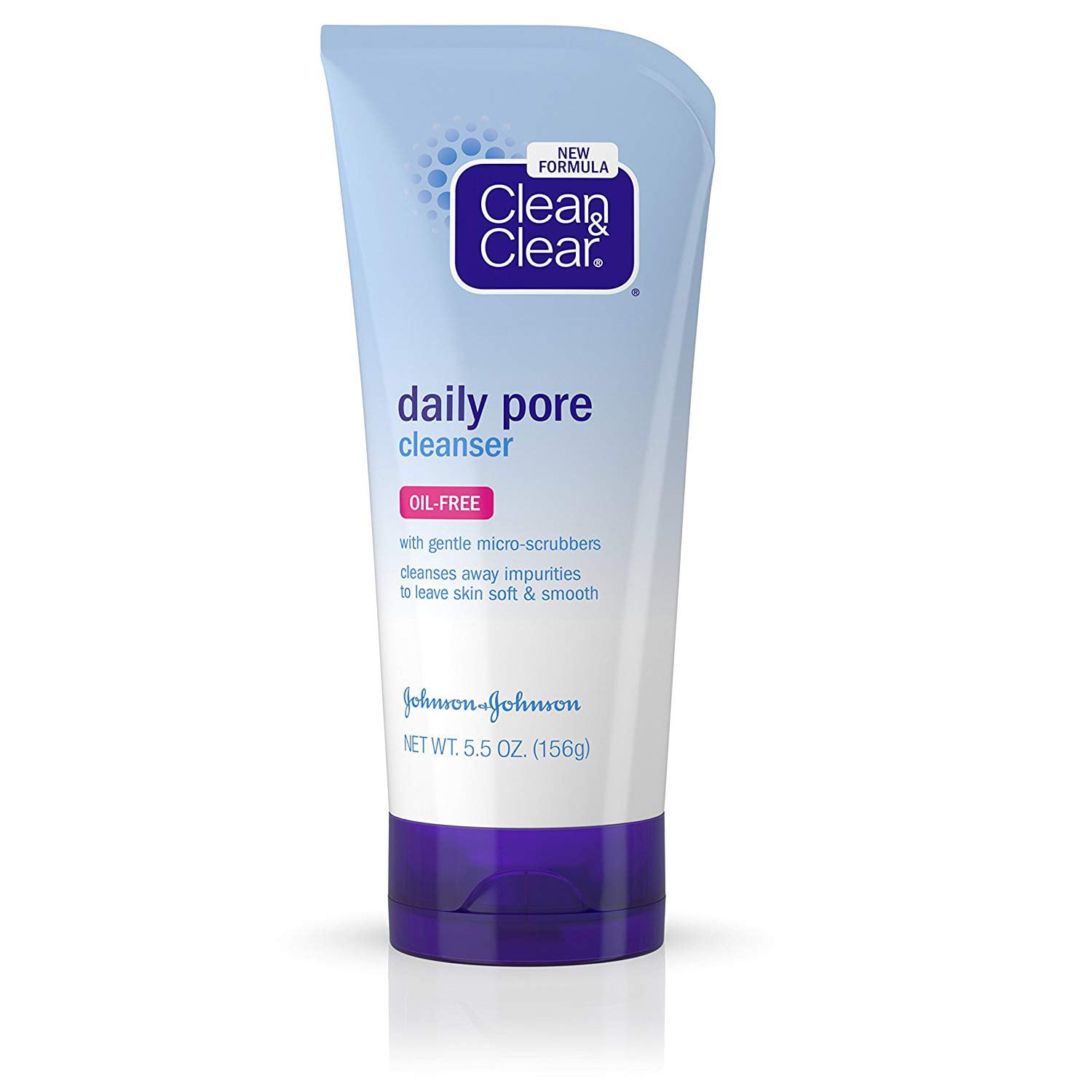
Final Thoughts: Selecting the Right Cleanser for You
Picking out the perfect acne facial cleanser involves a bit of research and self-awareness. Keep in mind your skin type and the specific acne concerns you are addressing. Look for cleansers with key active ingredients like salicylic acid, benzoyl peroxide, or tea tree oil, which have been discussed earlier in this blog. The goal is not only to cleanse but also to treat and nurture your skin.
Do not dismiss cleansers based on price alone. Both high-end and budget-friendly options may work well. Read reviews and consider user feedback, especially from those with a similar skin profile to yours. This can guide you to a product likely to yield positive results.
Most importantly, introduce the new cleanser to your skin with care. Start by integrating it into your routine slowly. Use a patch test to ensure it does not irritate or cause an allergic reaction. If all goes well, use the cleanser consistently as part of both your morning and night routines. Remember, skincare is a long-term commitment, and immediate results should not be expected overnight.
In summary, the right acne facial cleanser is out there for you. Take the time to understand your skin’s needs. Choose a product backed by good reviews and proven ingredients. Be patient and consistent with your skincare routine. Your skin will thank you for your diligence and attention.



